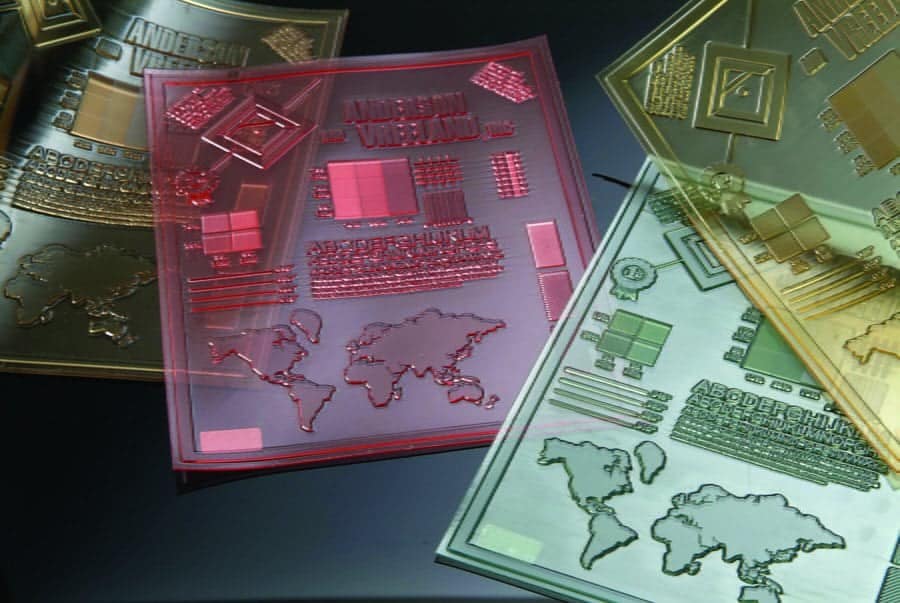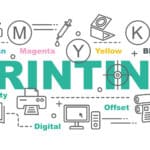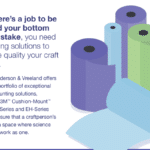Liquid vs. Sheet Photopolymer … Which Is Best?
The flexographic industry has many photopolymer choices from which to choose today. With advancements in photopolymer technology and the many additional options by which to process these plates, the choices are more varied than ever before. We would like to make some comparisons between the two most basic choices of plate material when water/solvent-based inks are used. Since a user would likely choose between liquid or sheet photopolymer in either a corrugated or multi-wall bag application, we will focus our comparison on these markets.
Liquid Photopolymer
In many cases when printing on corrugated board, low-density poly, or woven poly materials with water-based ink, liquid photopolymer is the plate of choice. This is especially true when line/screens do not exceed 85 lpi. This is also the case in corrugated applications when the printing cylinder undercut requirement dictates a .155” or .250” thick plate. In most instances, there does not seem to be an appreciable difference in the print result of liquid versus sheet with the parameters outlined above.
Liquid Plates
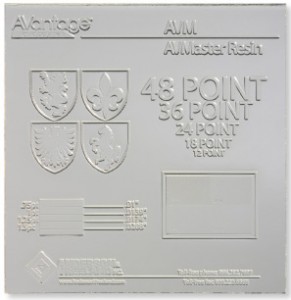 Components used in the washout process consist of a water-based detergent, defoamer, and developer.
Components used in the washout process consist of a water-based detergent, defoamer, and developer.- Manufacturing throughput ranges from 1 ½ to 2 hours.
- Any unexposed resin can be reclaimed and used again if mixed properly with virgin resin. This equates to a minimal waste factor in material.
- The “Back-Masking ” technique can be easily used to remove non-image area resin, saving money and sheet weight. This process is required when creating I-Plates or In-Position plates.
- Creates “natural” flat top dots, especially with a capped plate (very low fluting!).
- Mounting can be eliminated with various digital workflows available today. Is this accurate? Should this be: Mounting times can be drastically reduced with various digital workflows available today.
- Digital workflows allow images to be ganged in imposition style, as opposed to requiring the full 5280 glass for one job.
- “Ink jet” film output devices can be used if a full digital workflow is not feasible for trade shops or converters.
- The liquid platemaking room does not require the stringent mandates in terms of air exchange that is normally associated with solvents used to process sheet plates.
- The manufacturing steps involved with liquid plates are the most environmentally friendly and sustainable process available today.
- Small format (22”x28”) to large format (52”x80”) processing systems are available
Liquid Plate Applications:
- Corrugated & Multi-wall Bag
- Line screens up to 100 lpi
- Print Applications requiring plates that caliper between 0.107” – 0.255” thick.
Sheet Photopolymer Plates
Sheet photopolymer plates are quite versatile and many different varieties have been manufactured to meet specific market needs. There are sheet plates that are specifically compatible with water, solvent, or UV inks, and there is most likely a plate that will print well on paper, poly, film, and foil.
Sheet photopolymer plates have been the industry standard for high-quality flexo printing in the narrow and wide-web markets, as well as some corrugated markets. Liquid photopolymer plates have set the industry standard in the corrugated and multi-wall bag arenas due to their flexibility.
Sheet Plates
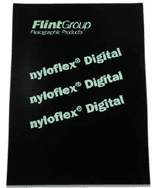 Available in both analog and digital forms.
Available in both analog and digital forms.- Less complicated workflow.
- Capable of holding high linescreens and fine lines.
- Ability to create flat top dots while maintaining a digital workflow.
- Related imaging and processing equipment is readily available from multiple sources.
- Although processing solvents are used, new systems are mostly self-contained keeping plate-rooms clean and air well circulated.
- Manufactured to a very tight thickness tolerance in a variety of thicknesses.
- Small format (12”x18”) to large format (52”x80”) processing systems are available.
Sheet Plate Applications:
- Narrow web – line work, process, high detail
- Flexible packaging
- Pre-print liner
- Corrugated
- Digital plates
Production Differences
There are some major differences when comparing production of liquid versus sheet photopolymer plates. While the same basic steps are followed (exposure, washout, drying, and post-exposure), the technique and equipment used to handle these steps is quite different.
The major difference between the two production processes has to do with the way in which the polymer is prepared for exposure. With liquid, the photopolymer resin is extruded from a positive displacement pump over a protective transparent film that covers or protects the negative. From there, the material is exposed similar to a sheet plate, with back exposure to establish the floor and face exposure that creates the actual printing image.
The same basic steps are followed with respect to washout, drying, and germicidal treatment. There is a slight difference with the post exposure in that liquid plates are cured by submerging in a water/saline solution instead of a dry post exposure with sheet plates.
Technology Advancements in Liquid and Sheet Photopolymers
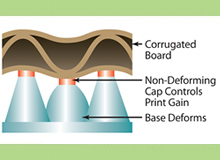 With regard to technological advancements with liquid photopolymers, research in “capping” resin has gained newfound interest where improved print and imaging is concerned. These studies/tests have produced positive results in the areas of improved resiliency that can offset some inaccuracies of the printing process. It has produced improved reproduction with both halftone and line work and has also shown some success in regards to sharper imaging in the areas of shoulder relief. This resin combination of a relatively hard durometer with the cap resin, and considerably softer durometer of the base resin, helps to minimize dot growth during impression. The cap thickness is typically no more than .010” thick.
With regard to technological advancements with liquid photopolymers, research in “capping” resin has gained newfound interest where improved print and imaging is concerned. These studies/tests have produced positive results in the areas of improved resiliency that can offset some inaccuracies of the printing process. It has produced improved reproduction with both halftone and line work and has also shown some success in regards to sharper imaging in the areas of shoulder relief. This resin combination of a relatively hard durometer with the cap resin, and considerably softer durometer of the base resin, helps to minimize dot growth during impression. The cap thickness is typically no more than .010” thick.
Ink. Substrate. Quality. Environment. Space. Production Time. These are all factors to consider when choosing the right plate type for your printing application. Both sheet and liquid photopolymers can provide numerous benefits to the plate-maker and final print user when the right material is selected for the job.
You can learn about the latest advancements in photopolymer technology, including digital plates and computer-to-plate technology, at an upcoming webinar hosted by Anderson & Vreeland. For more information, including registration for this free webinar, visit our Webinar page.
Related Reads: Is Liquid Photopolymer Right For You?

